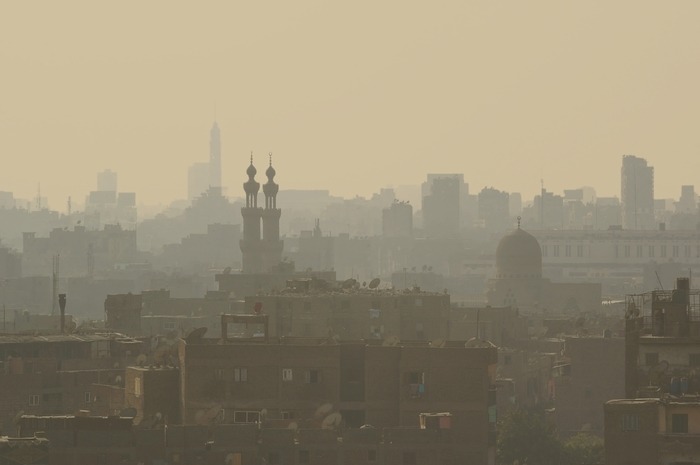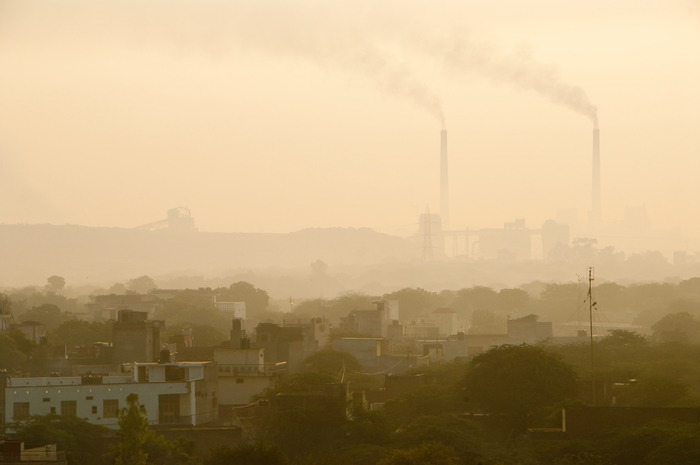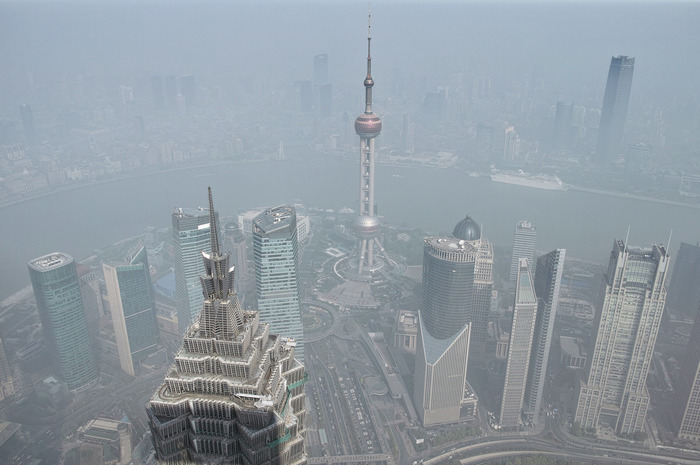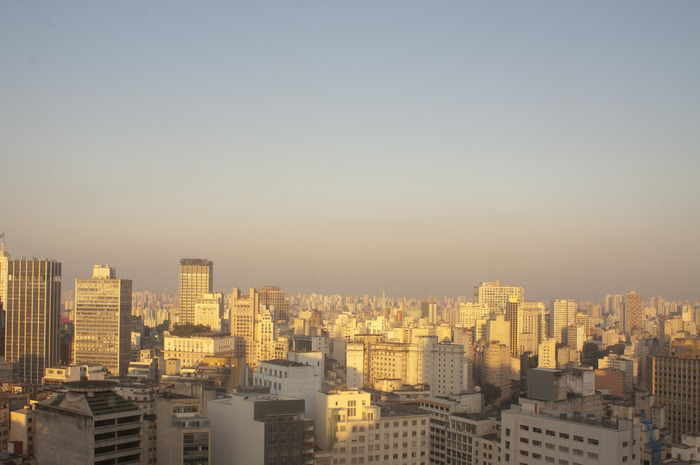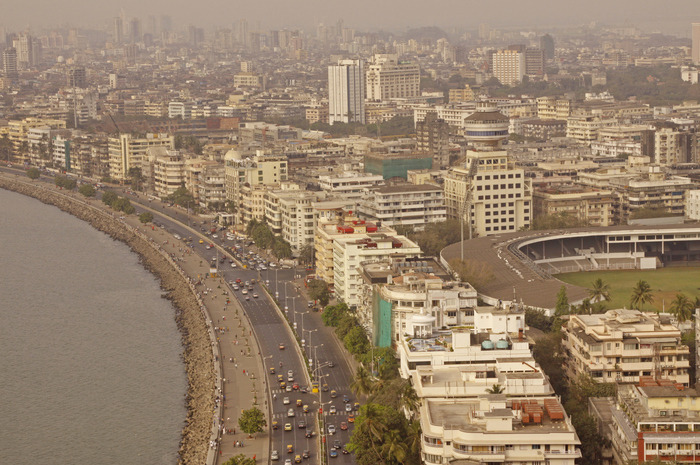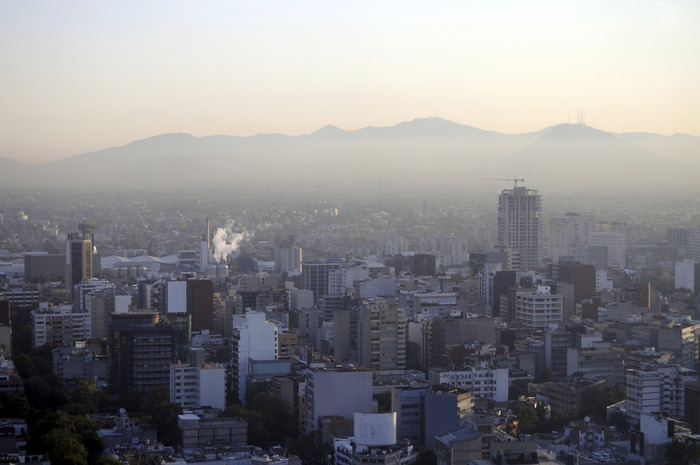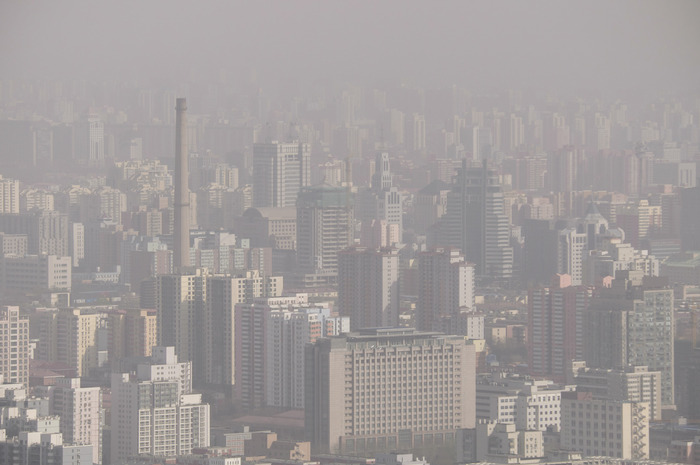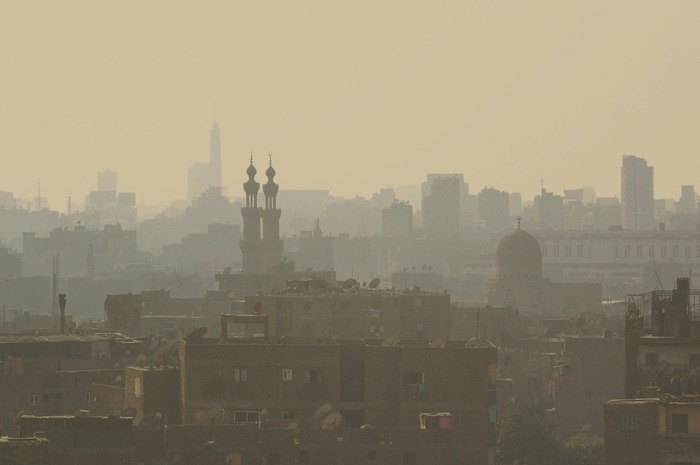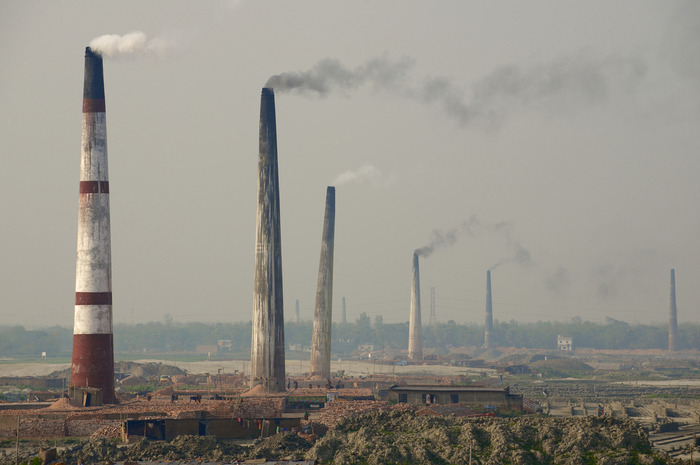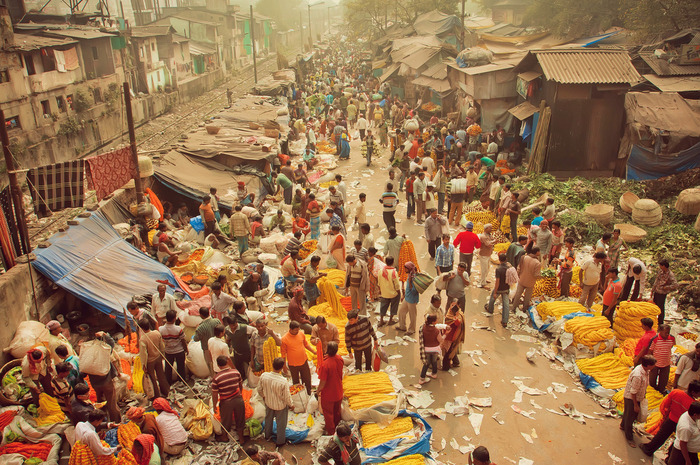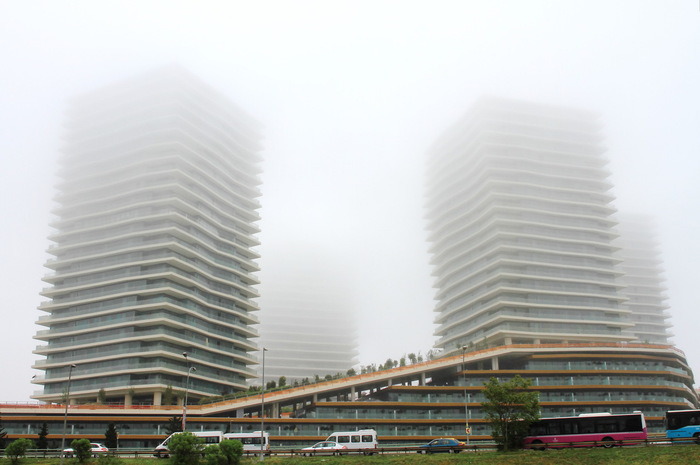Mega-Cities With Pollution Levels That Could Kill You
More than 80 percent of people living in urban areas that monitor air pollution are exposed to air quality levels that exceed the World Health Organization limits, according to its latest report.
Globally, outdoor air pollution has increased by 8 percent from 2011 until 2015. All regions of the world are affected, but populations in low-income cities are the most impacted.
The PM2.5 micro-particles, classed as a Group 1 carcinogen by WHO, are tiny particulate matter that can cause stroke, heart disease, and chronic respiratory diseases.
Four of the 10 most polluted cities are in India, topped by one in Iran. However, the chart of big cities with more than 14 million inhabitants where air quality is the worst, based on 2016 WHO database, looks quite different.
Delhi, India
Delhi, also among the dirtiest cities, had an annual average PM2.5 measurement of 122. In comparison, the U.S. Environmental Protection Agency had established a level of 15 micrograms per cubic meter as the annual standard. A UK research said Delhi had a "toxic blend of geography, growth, poor energy sources and unfavorable weather that boosts its dangerously high levels of air pollution."
Shanghai, China
Shanghai had an annual average PM2.5 measurement of 52. The situation is a little better in this mega city than in many other parts of China, but still, the air is polluted. The plan to deal with the problem includes restricting the number of private cars in the city, creating more green zones and working with factories to cut emissions.
Sao Paulo, Brazil
Sao Paulo had an annual average PM2.5 measurement of 19. More than 20 million people live in the city but the public transportation system is lackluster at best. Air pollution in São Paulo kills more people than car accidents, breast cancer, and AIDS combined, according to a study.
Mumbai, India
Mumbai, a city you should see before it sinks, had an annual average PM2.5 measurement of 63. Badly maintained Diesel cars are the biggest source of air pollution. Garbage dump, coal storage and burning of plastic are also big problems.
Mexico City, Mexico
Mexico City had an annual average PM2.5 measurement of 20. Due to fumes produced by 3.6 million vehicles and the city's location at 7,350 feet above sea level (there's less oxygen at this altitude), most of the air pollution is the result of incomplete combustion of hydrocarbons, mainly diesel emissions. In March, the government declared an air pollution alert for the first time since 2005. Older vehicles were ordered to stay off the road.
Beijing, China
Beijing had an annual average PM2.5 measurement of 85. The Chinese capital issued its first ever "red alert" for the city in December 2015. Such warning is issued when the Air Quality Index is forecast to exceed 200, a level the U.S. deems "very unhealthy," for at least three days.
Cairo, Egypt
Cairo had an annual average PM2.5 measurement of 76. The lack of rain and the combination of tall buildings and narrow streets, which create a bowl effect, don't help clear the air.
Dhaka, Bangladesh
Dhaka had an annual average PM2.5 measurement of 90. Brickfields in Bangladesh expel over 9.8 million tons of greenhouse gases into the air annually due to a combination of old technology, weak environmental legislation and enforcement and lack of corporate responsibility, according to the World Bank.
Buenos Aires, Argentina
Buenos Aires, which has some of the best bike sharing prohrams in the world, had an annual average PM2.5 measurement of 14. The biggest source of tiny particles polluting the air in the Argentine capital is the mixture of unregulated vehicle pollutants and the emissions coming from power stations in the vicinity.
Kolkata, India
Kolkata had an annual average PM2.5 measurement of 61. A CSE report said that out of total number of cases reported during 2009-2011 in Kolkata for 20 types of cancers, lung cancer had the highest share of 12 percent.
Istanbul, Turkey
Istanbul had an annual average PM2.5 measurement of 33. An analysis has shown that Istanbul has been exposed to extensive air pollution as a result of increasing population due to rural exodus; unplanned development and uncontrolled use of fossil fuels.
